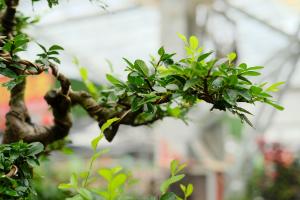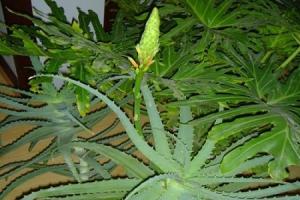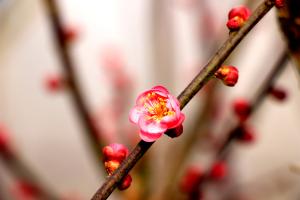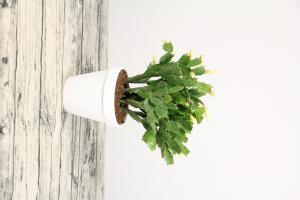How to Care for Your Lavender Plant
Lavender is a beautiful and fragrant plant that is popular for its calming and soothing scent. However, taking care of a lavender plant can be a bit tricky, especially if you are new to gardening. In this article, we will discuss some tips and tricks to help you care for your lavender plant and keep it healthy and thriving.
Choosing the Right Location
The first step in taking care of your lavender plant is to choose the right location. Lavender plants require full sun exposure, at least six hours a day. They thrive in well-draining soil, so ensure that the soil is not too heavy or compact. Avoid placing your lavender plant in a location where it might be exposed to strong winds, as this can damage the leaves and stems.
Watering Your Lavender Plant
Lavender plants do not require a lot of water, and over-watering can be detrimental to their health. Water your lavender plant deeply but infrequently. Aim to water your plant once every two weeks, especially during the growing season. If your lavender plant is in a container, ensure that it drains well, as standing water can cause root rot.
Pruning Your Lavender Plant
Pruning is an essential aspect of caring for a lavender plant. Regular pruning of your lavender plant will keep it looking neat and prevent it from becoming too woody. Prune your lavender plant in the spring after new growth appears. Using sharp pruning shears, remove the top two inches of growth, shaping your plant into a neat and compact mound.
Feeding Your Lavender Plant
Feeding your lavender plant can help it to grow stronger and healthier. Use a balanced fertilizer, such as a 10-10-10, once a year, just after pruning your plant. Alternatively, you can feed your lavender plant with a slow-release fertilizer, which will provide ongoing nutrition over several months.
Dealing with Pests
Lavender plants are generally pest-resistant, but they can still fall victim to pests such as aphids and spider mites. If you notice pests on your lavender plant, use an insecticidal soap or neem oil to eliminate them. Alternatively, you can attract beneficial insects such as ladybugs and lacewings, which will prey on pests such as aphids.
Harvesting Your Lavender Plant
Harvesting your lavender plant is one of the most rewarding aspects of caring for it. Wait until your lavender plant is in full bloom before harvesting the flowers. Using sharp scissors or pruning shears, snip off the flower stems, leaving a few inches of growth on the plant. Allow the flowers to dry in a well-ventilated area before using them in crafts or making essential oils.
In Conclusion
Caring for a lavender plant can be a rewarding and fulfilling experience. By choosing the right location, watering your plant correctly, pruning it regularly, and feeding it appropriately, you can ensure that it stays healthy and thrives. Additionally, dealing with pests and harvesting your lavender plant will help it to stay healthy and bloom beautifully. With a little care and attention, your lavender plant will be a beautiful and fragrant addition to your garden.

 how many times do yo...
how many times do yo... how many planted tre...
how many planted tre... how many pine trees ...
how many pine trees ... how many pecan trees...
how many pecan trees... how many plants comp...
how many plants comp... how many plants can ...
how many plants can ... how many plants and ...
how many plants and ... how many pepper plan...
how many pepper plan...
































